- Overview
- Trip Outline
- Trip Includes
- Trip Excludes
- Gallery
- Reviews
- Booking
- FAQ
Wildlife photography in Kaziranga National Park offers a unique and rewarding experience, primarily centered on its status as a UNESCO World Heritage Site and a biodiversity hotspot. The park is renowned for its iconic species, diverse landscapes, and a vibrant ecosystem that provides numerous photographic opportunities.
Prime Subjects for Photography
Kaziranga is famously known as the home of the "Big Five":
-
The Indian One-Horned Rhinoceros: The park holds two-thirds of the world's population of this magnificent creature, making it the most prominent and sought-after subject.
-
Royal Bengal Tiger: While elusive, Kaziranga has one of the highest densities of tigers in the world, offering a rare chance for a sighting.
-
Asian Elephant: Herds of elephants are a common and majestic sight, often seen grazing in the grasslands or near water bodies.
-
Wild Water Buffalo: Known for their formidable horns, these buffaloes are a striking subject, often found wallowing in the park's wetlands.
-
Eastern Swamp Deer: This unique deer species is also a key photographic subject, thriving in the park's swampy areas.
Beyond the "Big Five," the park is a birdwatcher's paradise, home to over 500 species of birds, including migratory birds like pelicans, storks, and geese that visit during the winter.
No details found.
Itineraries
Day 1
Arrival
Day 1: Travel to Kaziranga & Relax Amidst Nature
-
Morning (7:00 AM - 12:00 PM): Travel from Guwahati to Kaziranga
-
7:00 AM: Depart from Guwahati. The drive to the Kohora range (central range) of Kaziranga is approximately 4.5 to 5 hours by car.
-
Enjoy the scenic journey through rural Assam, passing tea gardens and small towns. You might stop for a quick tea break along the way.
-
12:00 PM (Approx): Arrive at your pre-booked resort/homestay near the Kohora or Bagori range of Kaziranga.
-
-
Lunch (12:30 PM - 1:30 PM): Check-in & Local Flavors
-
Check into your accommodation.
-
Enjoy a relaxed lunch at your resort's restaurant, sampling local Assamese cuisine. Many resorts offer delicious traditional meals.
-
-
Afternoon (1:30 PM - 5:00 PM): Rest & Gentle Exploration
-
Rest & Unwind: After the journey, take some time to rest, freshen up, and unpack. Enjoy the peaceful ambiance of your resort.
-
Optional - Gentle Stroll/Resort Amenities: Depending on your energy levels and the resort's offerings, you might take a leisurely walk around the property, enjoy the swimming pool (if available), or simply relax on your balcony, listening to the sounds of nature.
-
Optional - Visit to Kaziranga Orchid and Biodiversity Park (if open and accessible): If you're keen for a light outing, consider a visit to the nearby Kaziranga Orchid and Biodiversity Park. While the national park is closed, this private park, India's largest orchid park, often remains open and offers a delightful insight into local flora, a rice museum, and a cultural performance area. Check their operating hours beforehand.
-
-
Evening (5:00 PM onwards): Leisure & Preparation for the Next Day
-
Enjoy a relaxed evening at your resort. Many resorts have common areas where you can sit and enjoy the quiet surroundings.
-
Consider an early dinner.
-
Plan for your activities for Day 2, which could include more local exploration, cultural interactions, or simply enjoying the tranquil environment before the park reopens in November.
-
Day 2
Photopgraphy in the wild
-
5:00 AM: Wake up early and head to the elephant safari boarding point (usually in the Kohora or Bagori range, depending on your booking).
-
5:30 AM - 6:30 AM / 6:30 AM - 7:30 AM: Embark on an unforgettable elephant safari. This offers the best opportunity for close-up encounters with the Great Indian One-Horned Rhinoceros, as elephants can traverse the tall grasslands. The early morning light is also ideal for photography.
- 9:00 AM - 5:00 PM : We will jump into the wild for the photography in the locations
Day 3
Visit Cultural Sites
You're planning for a fantastic Day 3! Even though Kaziranga National Park's safari zones are closed in July due to the monsoon, there are still excellent opportunities for souvenir shopping and experiencing local cultural sites.
Here's an itinerary for Day 3, focusing on these aspects:
Day 3: Assamese Crafts, Culture & Departure
-
Morning (8:00 AM - 12:00 PM): Local Markets & Souvenir Shopping
-
8:00 AM - 9:00 AM: Enjoy breakfast at your resort.
-
9:00 AM - 12:00 PM: Dedicate your morning to exploring local markets and shops around the Kohora range (the central hub of Kaziranga).
-
Kohora Market: This is the main market area and you'll find various shops selling local products.
-
Handicraft Shops: Look for small, independent shops or artisan cooperatives.
-
Pirbi - Karbi Ethnic Haat: Known for ethnic crafts.
-
Grasslooms: Often found near the main road (NH-37), they might offer products made from local grasses or bamboo.
-
Souvenir Shops: Many general souvenir shops will have wooden carvings (especially of rhinos), local handicrafts, T-shirts, and other memorabilia.
-
-
What to buy: Look for items like:
-
Assamese Gamosa: A traditional hand-woven cotton towel, often with intricate designs.
-
Bamboo and Cane products: Beautiful and functional items like baskets, decorative pieces, or small furniture.
-
Tea: Assam is famous for its tea. You can find specialty tea shops like Goodwyn Tea Retail Outlet or The Tea Cove to buy high-quality local tea.
-
Traditional Weaving: Look for mekhela sadors (traditional Assamese dress), shawls, or bags with traditional motifs. Some shops, like Kaziranga Haat (Village Weaves), even specialize in products made from recycled plastic woven into traditional patterns.
-
-
-
-
Lunch (12:30 PM - 1:30 PM): Farewell Meal
-
Have your final lunch in Kaziranga, perhaps at a different local eatery or your resort.
-
-
Afternoon (2:00 PM - 4:00 PM): Cultural Insight / Nearby Attractions
-
Option 1: Deoparbat Ruins (Historical Site): Located near Numaligarh (about an hour's drive from Kohora), these are ancient temple ruins with intricately carved stone structures, offering a glimpse into Assam's medieval history. This is a quieter, more historical "cultural site."
-
Option 2: Kakochang Waterfalls: (Around 40 km from Kohora, towards Bokakhat). While primarily a natural attraction, it's a popular picnic spot, especially during the monsoon when the falls are at their fullest. The surrounding area offers views of tea gardens and ancient ruins, blending nature and a sense of historical presence. This is a more scenic option.
-
Option 3: Hathikuli Tea Estate: (Near Kohora) If you didn't visit a tea garden on Day 2, a more in-depth visit to a large tea estate like Hathikuli can be arranged. You can learn about tea processing and purchase fresh tea. This combines a cultural industry with scenic beauty.
-
-
Late Afternoon/Evening (4:30 PM onwards): Prepare for Departure
-
Return to your resort to gather your belongings and prepare for your onward journey.
-
If you're heading back to Guwahati, factor in the 4.5-5 hour drive.
-
No details found.
No details found.
No Details Found


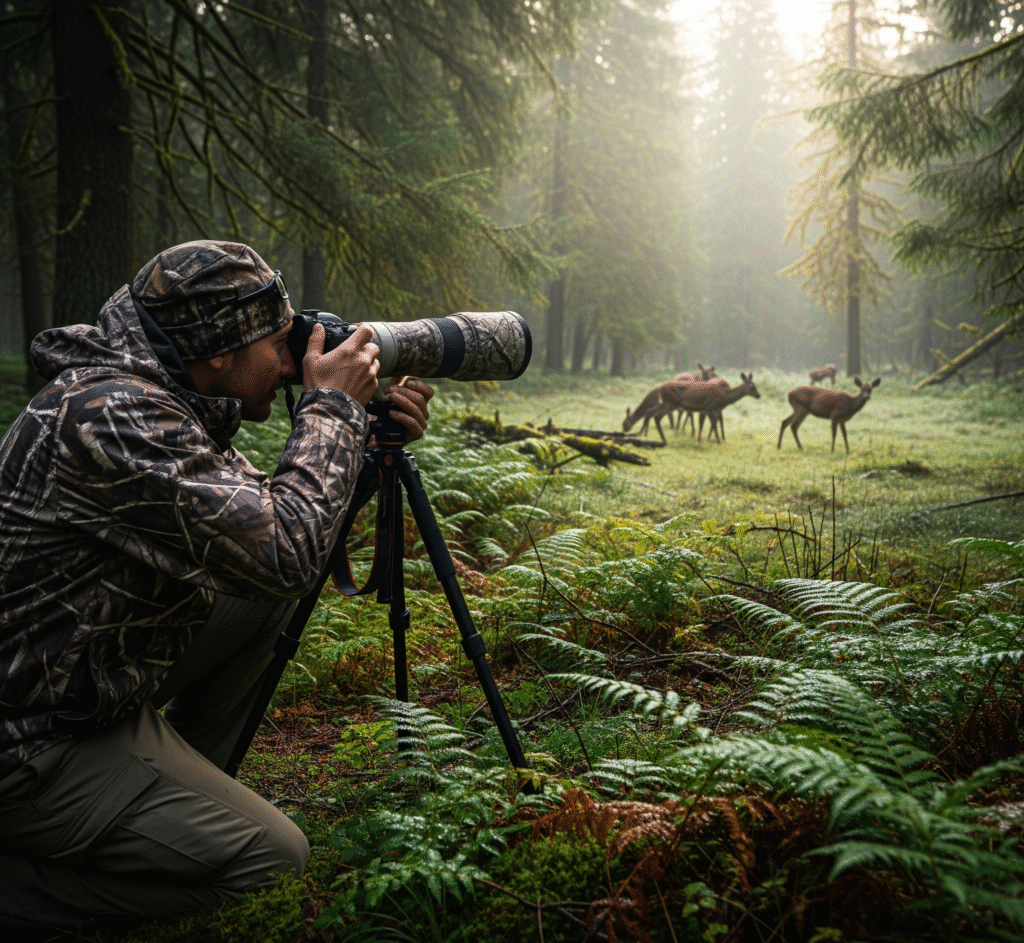
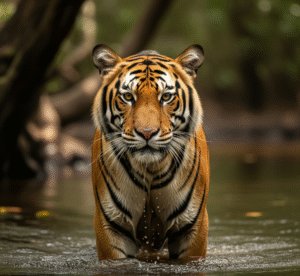
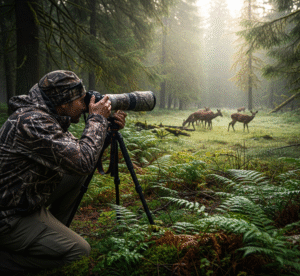
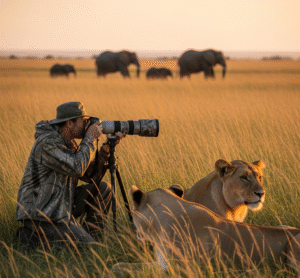
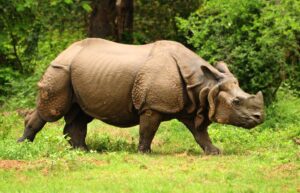
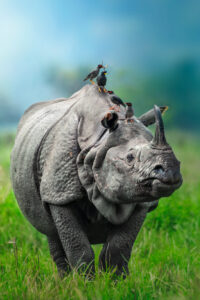
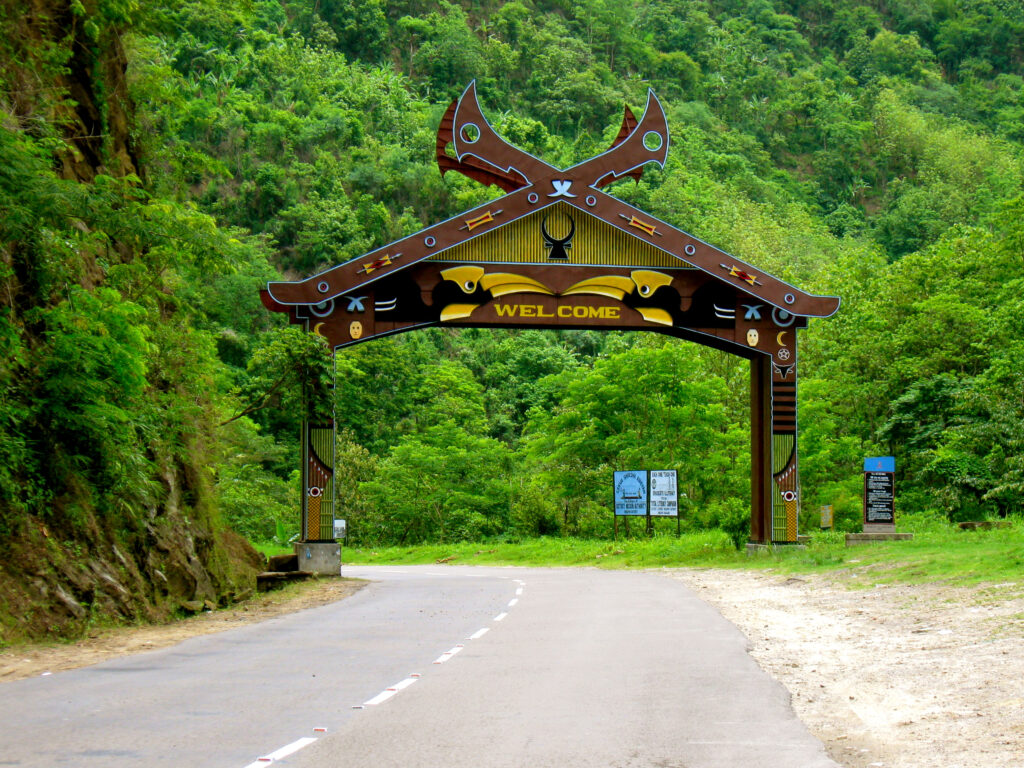
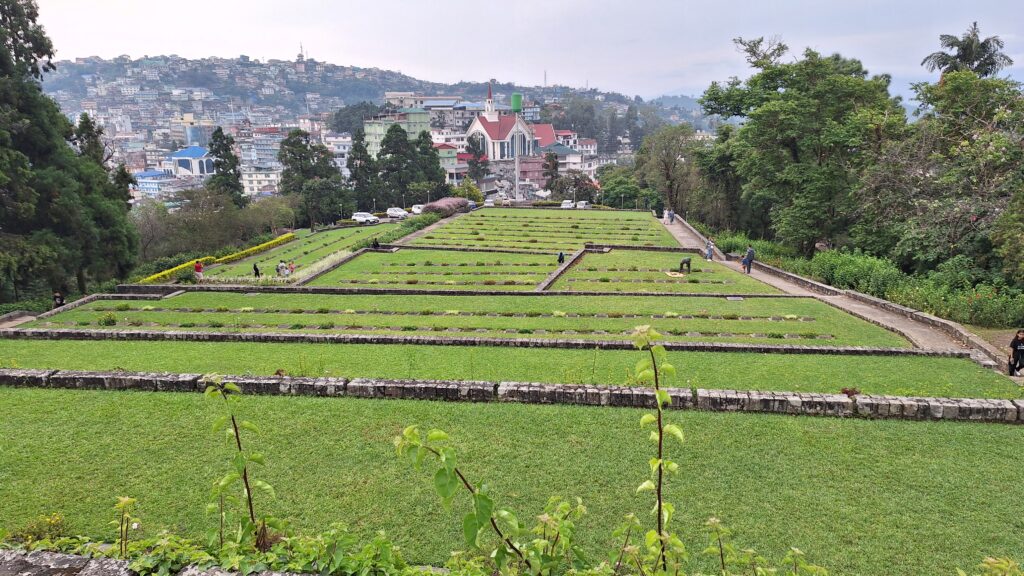
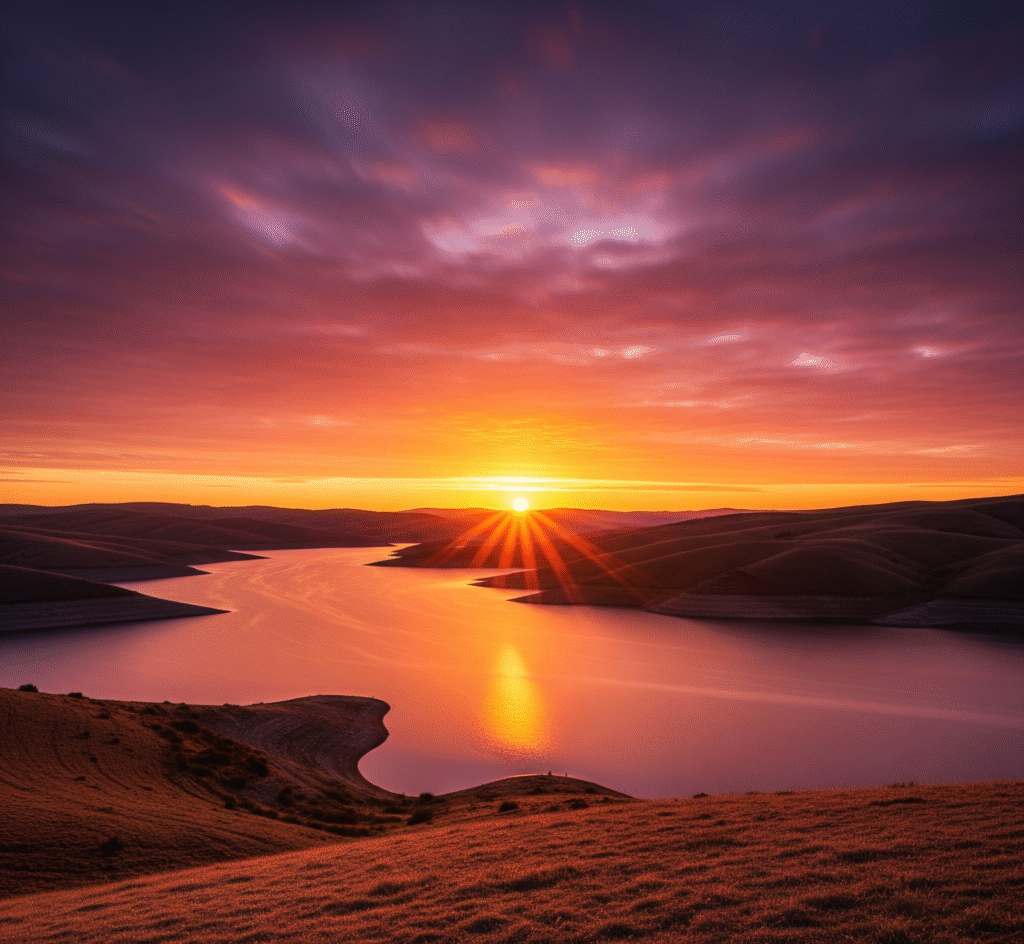
There are no reviews yet.